SFAIRP Land Use Planning
One of the little recognised consequences of the use of SFAIRP is its implications for land use planning, particularly for industries that can have significant offsite consequences like major hazards facilities (MHFs), dams and licensed pipelines.
The whole point of the WHS legislation is to avoid unreasonably injuring your neighbour. As the Brisbane born English law lord, Lord Atkin put it in 1932:
Who then in law is my neighbour? The answer seems to be persons who are so closely affected by my act that I ought reasonably have them contemplation as so being affected when I am directing my mind to the acts or omissions which are called into question.
We are not aware of any regulator in any Australian or New Zealand jurisdiction that disagrees with his view.
Applying the SFAIRP process means spelling out the credible worst case scenario for the facility of interest. Then it must be made plain to everyone that this is the case so that relevant neighbours, especially Council planners and developers, can design accordingly.
Decreasing SFAIRP precautionsconsistent
From a design perspective, every site has issues; this can include windstorm hazards, geotechnical and earthquake potentials, storm surge, flooding and inundation, lightning strike potentials, etc. For the design to be successful, all these must be addressed.
Adopting the SFAIRP approach to land use planning in these circumstances means that the closer to the hazard a structure is, the greater the precautions need to be. In principle, provided the level of protection is high enough, there are no limits to where a structure could be built in relation to the major hazard facility presented above.
The fact that there is a MHF chemical exposure, gas transmission pipeline, or dam upstream is just another hazard to be managed.
If in order to be safe, people wind up in an unaffordable, unattractive, underground air conditioned bunker, then it may be that the project will not proceed, but this would be for commercial reasons, not SFAIRP safety ones.
R2A have completed a number of these land use planning reviews over the last five years or so. To check for off-site credible fire scenarios, R2A use a common and reasonably user-friendly CFD program, Fire Dynamics Simulator (FDS).
As a result of our SFAIRP reviews, all stakeholders including the pipeline business, the developers and architects and the regulator have agreed to the level of protections / precaution required to demonstrate SFAIRP.
Plan View 100 m x 100 m Kerosene Pool Fire with 20 kt wind
You may also be interested in listening to Richard & Gaye discussing Land Use Planning & Major Hazards in this Risk! Engineers Talk Governance podcast episode.


